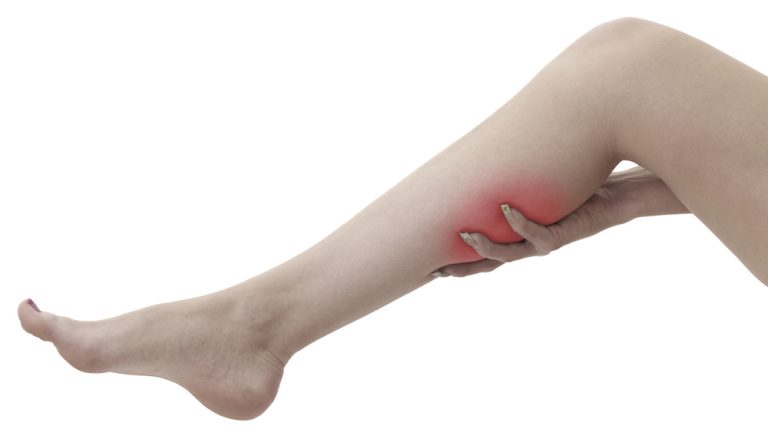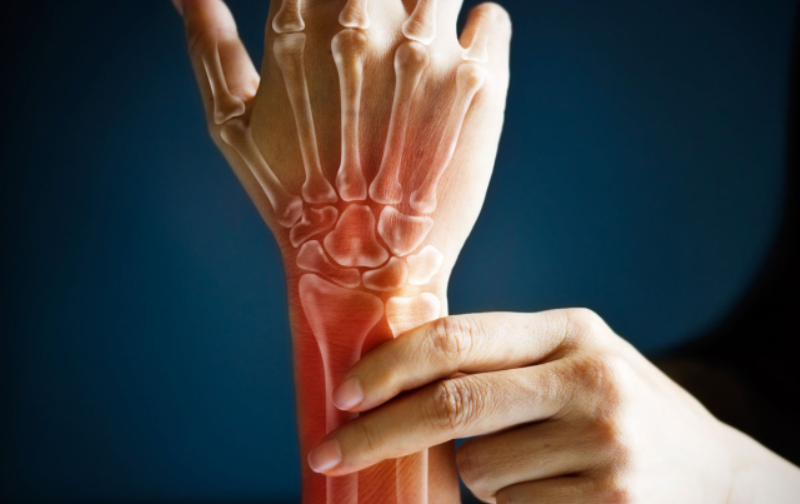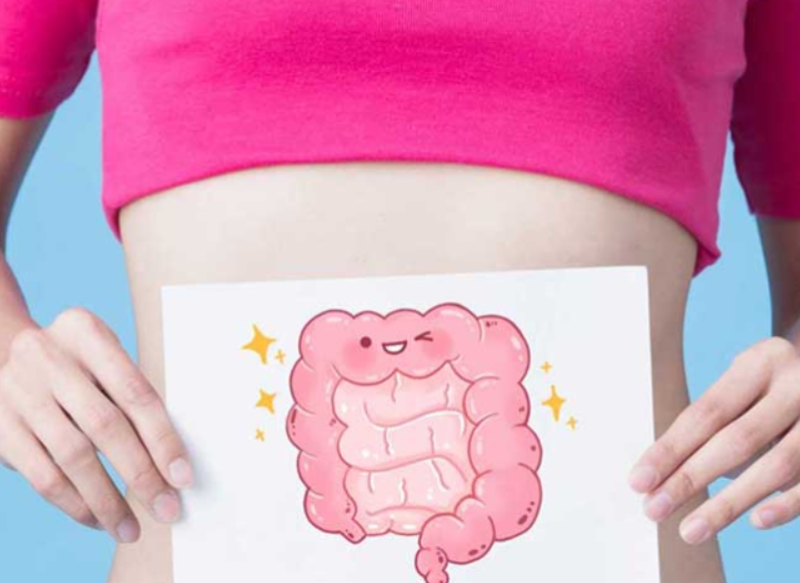No one, in our opinion, has never had to deal with this unpleasant phenomenon. This means that while you are undoubtedly familiar with the hurting sensation, do you understand the causes of spasms or how to prevent or treat them?
Cramping or muscle spasms are fairly common and affect those who are not as physically active as athletes. Although they are not always related to strenuous exercise and muscle exhaustion, spasms are typically more frequent in athletes or persons who participate in sports.
We firmly believe that by keeping the truth about spasms in mind, you can avoid or cure them more effectively.
If you have ever had a muscle spasm, you are likely aware that it can either be extremely painful or only minimally so. Spasms can occasionally be so severe that they result in bruises because the capillaries are constricted.
Spasms are uncontrollable, involuntary muscular contractions that can happen to any skeletal muscle. They can last for a short while or for a long time.
Why do muscle spasms occur?
The causes of muscle spasms are yet unknown, and they can be very painful. However, a number of factors, including adjustments in neuromuscular control, dehydration, altered electrolyte metabolism (ions required for implementation of electrical impulses in muscles), adjustments in exercises directed at a specific muscle group, muscle strains, or degenerative changes have been accepted by experts.
If you exercise in a warm environment or in hot weather where your body perspires more than usual and loses electrolytes through sweat, you run the risk of experiencing spasms.
Regular athletes belong to a susceptible category and should pay greater attention to the intake of appropriate electrolytes, in addition to certain physiological states of the body that have an elevated demand for specific electrolytes for optimal growth and development.
If you look up information on spasms on your own, you’ll undoubtedly find that magnesium shortage is virtually universally blamed as the primary cause.
Remember, nevertheless, that there is yet no scientific explanation for this problem, so you cannot assume that mechanisms are controlled by magnesium. Although frequent spasms are a sign of magnesium insufficiency, the electrolyte group of metals, which includes potassium, calcium, and sodium, is also necessary for healthy muscle function.
You can be deficient in magnesium, calcium, potassium, or salt if your agonizing spasms are the result of a vitamin or mineral deficiency. As we’ve already mentioned, the human body loses electrolytes through perspiration, but occasionally, medications like diuretics can also make your body lose vital minerals.
Find out more about: The 10 Greatest Foods for Colon Cleansing Naturally
Magnesium is crucial for the metabolism of proteins, fats, and carbohydrates. As a calcium channel blocker, it also takes role in stimulating the neurological system and muscles.
Although magnesium relaxes tissues, calcium contracts muscles. Thus, a magnesium deficiency prevents muscles from relaxing. Suggested daily consumption of magnesium is 300mg, and 450 mg for nursing mothers and pregnant women.
Where do spasms commonly occur?
Calf, foot, both its inner and outer side, and thighs are frequently affected by muscle spasms. Abdominal, shoulder, and arm muscles are less likely to have them.
Muscle spasms don’t pose a major risk to your health and go away on their own, leaving behind underlying discomfort that eventually goes away. Stretching or massages can be quite effective in reducing the severity and intensity of a muscular spasm.
How to prevent their occurrence?
Exercisers “waste” (in a good way, of course) their muscles, which exposes their bodies to a larger loss of important electrolytes and, of course, water.
In particular, dehydration and electrolyte loss from sweat are linked to the onset of cramps in athletes. So, it is crucial that you have adequate water during your workout. Consume oligomineral water, which has a balanced ratio of the necessary electrolytes, and isotonic beverages, which are also excellent.
Moreover, cramps might be an indication of weakness when you’ve “overtrained,” in which case you should consume a nutritious meal high in calcium and magnesium, drink a lot of water, and take a few days off from exercise.
Novices shouldn’t freak out. Spasms should be welcomed in sports, so gently stretch your muscles. Whether you engage in physical activity regularly or not, your muscles will respond to any alteration.
What should you do?
Although muscle spasms typically don’t need special care, following a few straightforward tips can be quite beneficial.
Before every workout, get your body ready to prevent muscular spasms. Basically, all you have to do is strech. Also, it will safeguard you from harm.
Stop exercising and stretch your muscle if you have a muscular spasm while working out. Stretch out and extend your leg. Up until the spasm ends, keep it in this posture. That should disappear quickly with some gentle massaging. Of course, you shouldn’t quit your workout because of this.
Don’t forget to replenish your electrolyte reserves after exercising and to drink plenty of water. Magnesium and calcium supplements should be taken, but only after consulting a physician or pharmacist.
The best source of electrolytes is food. Bananas are a great source of potassium, cheese and milk are great providers of calcium and salt, and dark chocolate and almonds are good sources of magnesium (high cocoa content). Magnesium-rich foods will definitely ease your cramps, especially if they happen while you’re sleeping.
If you “combine” chocolate and almonds, be honest with yourself and push yourself a little more the next time you work out.
After reading this text you can also read about: Powerful Home Remedy Against Earwax and Ear Infections



